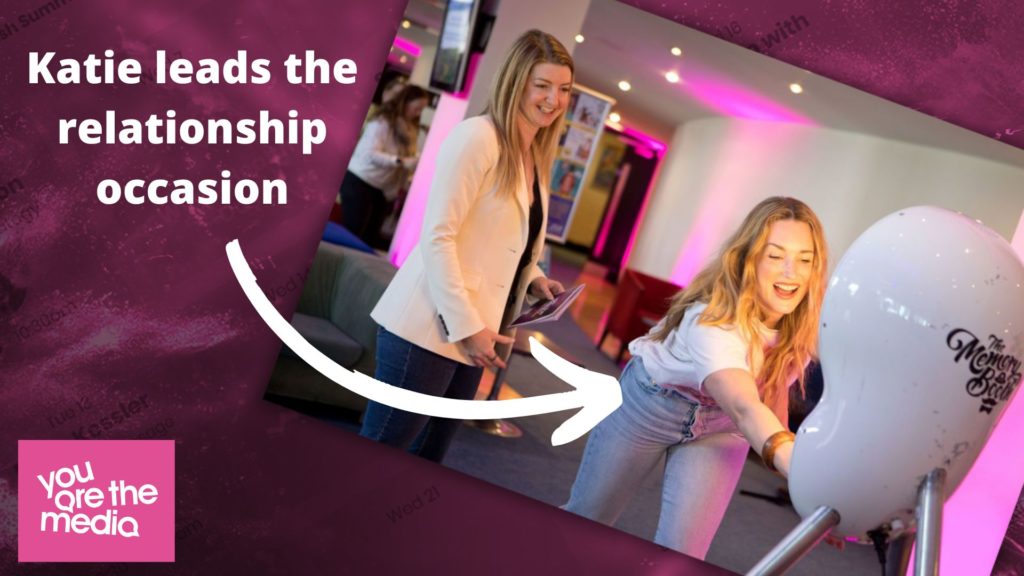Let’s learn and create together!
Book your placeWhy No One Would Open My Email
It’s been sent to your database but why aren’t others flocking around your message like seagulls around a dropped bag of chips.
It’s easy to sit back and think that the email message that you have crafted is worthy of a response and gratitude, but there are reasons why your emails are just not opened. It is easy to get excited when you have open rates between 20% to 30%, but when it hits a very small percent, there is a reason why.
Lets have a brief look at the sure fire way to loose any momentum you were hoping to build. It’s depressing I know, but so was watching The Phantom Menace, but you have to face it, head on. Here are the mistakes that I have made and why very few people would open my email.
The Subject Heading Wasn’t Compelling
I hold my hands up, I have done the ‘last chance, this fantastic offer ends tomorrow’ email. It just does not work anymore. Our in-boxes are becoming increasingly filled with a variety of work related requests, subscriber updates, sales messages and SEO offers, most people scan through what is awaiting and delete what isn’t relevant and has no meaning to them. It’s no wonder that open rates are pretty low with generic headings that strike no chord to make a connection with a recipient. According to salesforce.com 33% of email recipients open emails based on subject line alone.
The Subject Heading Was The Equivalent Of A Paragraph
I now know that keeping the email subject line limited to as few a words as possible, negates the need to spell out the entirety of the message. The only thing that the recipient is interested in at a glance, is “what’s in it for me.” Remember that many emails are now opened on mobile devices and if the subject lines are too long, they will not be visible and cut off mid sentence.
I Wasn’t Relevant
To receive an email from someone that you are not aware of puts that email almost instantly in the bin. The name that is visible on screen is the first thing that a recipient will see (and add to that receiving an email from info@ or enquiries@ deserves to be deleted when there is no human side to a message, see the next point). Just by being unfamiliar, instinctively raises suspicion and the ‘where did they get my address from’ or ‘did I sign up for this’ alarm bells ringing. According to research by Return Path, the average subscriber receives 416 commercial based emails per month.
I Wasn’t Humanising
From the subject line to that opening intro, you need others to see that you are a real person looking to engage, rather than the introduction being a ‘dear sir/madam’ or my personal favourite that I received this week, ‘dear potential customer,’ where the whole activity was based on sending the same email to list. If you’re looking to build that introduction as with any stage of the sales process, you need to know more about the prospect you are looking to relate to and make a conversation with (and at least their name). Even if that means a bit of research to find out what that person has contributed to their realm of influence, to make an impression we need to be more specific to the person we’re looking to build a one-to-one dialogue with, rather than using words such as ‘Free,’ ‘One Off,’ ‘Exclusive Offer’ in the subject heading.
You’re Not Measuring And Learning
The biggest lesson I made for any email message to a database was to monitor the success of each campaign. The most wasteful thing you can do is to send an email, have a sense of release and gratification that you pressed the send button and then move onto the next job. When my company first started to use email as a method to communicate to an audience, we were sporadic and was more product led than education based.
As measuring techniques became more readily available, to check click through rates, the times of the day when emails were opened and which people from the database were becoming as allies, patterns start emerging. The biggest strength you can take for the success of using email to target an audience is to learn how it works. You can’t stick to a constant barrage of results that you don’t tune into and in turn do your brand and yourself, a disservice. From my own experience, when sending our ‘Your Are The Media’ news digest, the articles that resulted in higher open rates are those articles that have a story that others can relate to. For instance, a customer had entered a national award and had beaten an exhibition at the Victoria And Albert museum (in London) for David Bowie, naturally the headline had resulted in the company beating a world-renowned musician that we all know.
The biggest thing I have learnt about email is to humanise something that has been faceless since we all become familiar with at the end the 90s. Much like our own lives for people to warm to us, we have to show a bit of personality, humanity and show who we really are. We can’t knock on the in-box door with the briefcase of shammy leathers anymore, we have to build and earn the trust of others. Once we have mastered how to be more effective and appraise what works and what doesn’t allows us to engage with others in a way that is comfortable for both sides of the virtual fence.
Build Your Community
A brand new programme from Mark Masters for businesses wanting to make that next growth step.
Find out moreYATM Club
Where non-conformist business owners come to work, learn and make friends. Click here


